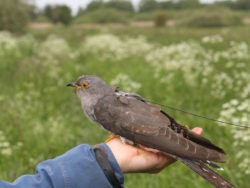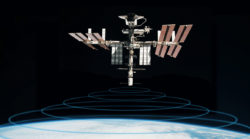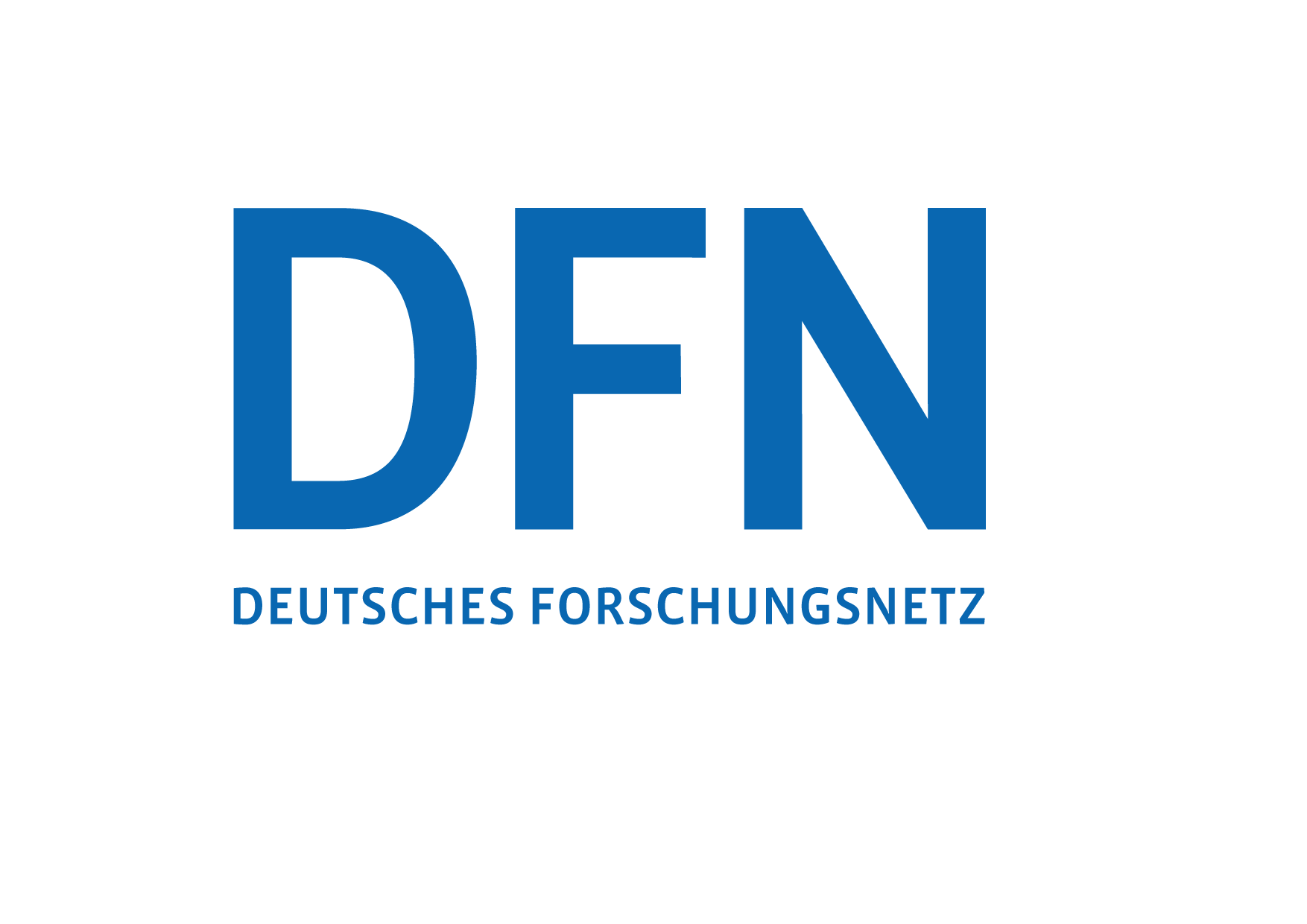Tracking cuckoos from space – building the Animal Internet
How is that even possible? Most people will find it hard to wrap their minds around this: A cuckoo carrying a tiny transmitter signalling to a satellite and allowing researchers to track the bird over its 16,000-kilometre, ten-month-long loop migration from Scandinavia to Central Africa and back.
Taking a closer look, there is nothing new to tracking animals with radio transmitters. It is called animal telemetry and scientists have done it for years. However, what is new is the fact that the technology has evolved immensely. Transmitters have become smaller and smaller, even with a number of new functionalities added. And the infrastructure surrounding the transmitters has become more and more powerful, now being able to track vast numbers of animals simultaneously – and on a global scale.
This amazing leap in technology has inspired scientists to envision The Animal Internet, a global knowledge network for “decoding the intelligence of global animal behaviour”, to help protect animals and humans as well. Scientists describe it as a quantum leap for ecology and behavioural science, similar to what happened in genetics in the mid-90’s with the launch of the human genome project.
 High-performance antenna
High-performance antenna
A significant addition to this impressive data infrastructure is Project Icarus: In August 2018 Russian cosmonauts put a high-performance antenna into operation on the International Space Station. Now the data loop involves not only cuckoos but also the ISS, its command control centre in Moscow and an international database called Movebank, located in Germany. Movebank collects animal observation data from all over the globe and makes it available to researchers internationally.
Research & education networks are indispensable parts of this long and winding chain of data going from migrating animals into space and back to Earth again, from Russia to Germany and from there to the rest of the world. With their powerful connections the networks make the vast amounts of observational data globally accessible, for the benefit of researchers everywhere.
Tracking thousands of animals
Icarus stands for International Cooperation for Animal Research Using Space. For the first time, Icarus will enable scientists to track thousands of animals on their journeys – around the clock and for months and even years on end. It is a huge step forward in animal telemetry, with transmitters so small and lightweight they can be fitted to songbirds. The project has developed super-small transmitters, only weighing 5 g, and yet able to measure both location, temperature, air pressure, humidity and body orientation. The tiny rucksack also contains accelerometer, a solar panel and an antenna (transmitters weighing only 1 g are on their way).
 Connected cuckoos
Connected cuckoos
While around 150 research projects have already expressed interest in using the new technology, Icarus is starting with 10 projects on 5 continents, the cuckoo project being one of them.
After completing initial testing, the Icarus antenna will go into full operation later this year, says Kasper Thorup, associate professor at the Bird Migration Lab at the Center for Macroecology, Evolution and Climate, University of Copenhagen.
“Hopefully we’ll be ready by summer, and then we can begin equipping cuckoos with the new 5-gram antenna, that has many more features than the transmitters we are using in a similar project. The ongoing project has already given us valuable insight into migration habits, but with the Icarus technology we can scale up considerably,” he said.
“Cuckoos are ideal for studying songbird migration. They are brood parasites, laying their eggs in the nests of other birds, so they have no contact whatsoever with their patents. This means they are on their own when migrating, undertaking their journeys completely independently without any experienced conspecifics.”
“Biology in general is based on studying animals in specific locations, simply because is very difficult to study animals on the move. Now, with this leap in animal telemetry, we hope to learn much more about animal behaviour, with the migration of songbirds being one of the most remarkable natural phenomena on the planet.”
 Revolutionizing biology
Revolutionizing biology
According to the scientists involved in Icarus, this new communication infrastructure for animal telemetry has the potential to revolutionize biology. We will get a completely new understanding of life on Planet Earth.
Here are a few of the research questions Icarus may be able to provide answers to:
What is happening to migratory birds? Their numbers are dwindling all over the world. If we can find out why, we may be able to take countermeasures.
How do animals spread pathogens? We know that animals are likely to carry diseases like bird flu and Ebola, and we need to track their paths.
Are animals able to predict natural disasters? Observational data on earthquakes and volcanic eruptions suggest that some animals sense such events hours in advance. Can we prove these abilities scientifically? If yes, it could save many lives.
New dialogue
And more than that: Modern animal telemetry, with its fascinating combo of thumbnail-size transmitters, receivers in space, and a global scale data infrastructure, could create a historic opportunity for a new relationship between man and nature.
In 2014 the German author Alexander Pschera published a book titled “Animal Internet” about nature and the digital revolution. Pschera states the fact that some 50.000 creatures around the globe are being equipped with digital devices, and many more will be added in the coming years, not least thanks to the Icarus Project. This will radically change our relationship to the natural world. According to Pschera, we are entering Wilderness 2.0 and getting the opportunity “to rediscover our animals as more than abstracted images but as autonomous individuals with inherent value”.
Through electronic tracking, humans and wild animals can interact on matters like climate change and conservation. The Internet will bring humans and animals together in ways unimaginable only a few years ago.
The Icarus project is headed by Prof. Dr. Martin Wikelski from the Max Planck Institute for Ornithology, Radolfzell, and University of Konstanz, in close collaboration with Prof. Kasper Thorup, Denmark.
To learn more about project partners, funding etc. please go to https://www.icarus.mpg.de/28056/about-icarus
For more information please contact our contributor(s):


